Home>Storage & Organization>Decluttering Tips & Tricks>How Long Does It Take To Declutter A House
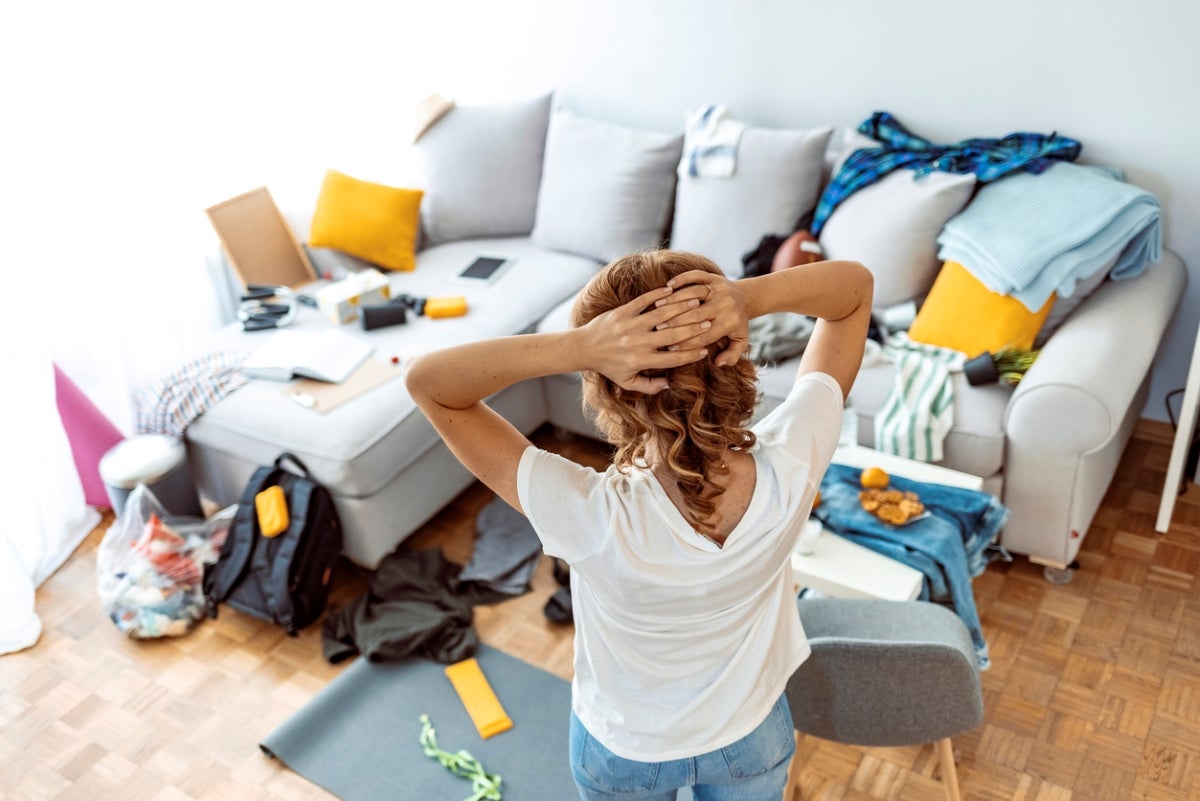

Decluttering Tips & Tricks
How Long Does It Take To Declutter A House
Modified: May 6, 2024
Learn effective decluttering tips and tricks to streamline the process and efficiently declutter your house. Discover how long it takes to declutter a house and achieve a clutter-free home.
(Many of the links in this article redirect to a specific reviewed product. Your purchase of these products through affiliate links helps to generate commission for Storables.com, at no extra cost. Learn more)
**
Introduction
**
Decluttering a house is a transformative process that can breathe new life into your living space. It involves more than just tidying up; it's a conscious effort to simplify your surroundings, reduce stress, and create a more functional and organized home. However, the task of decluttering can seem daunting, especially when faced with a significant amount of stuff accumulated over the years.
In this comprehensive guide, we will delve into the art of decluttering, providing practical tips and strategies to help you navigate this process effectively. Whether you're preparing for a move, seeking to create a more serene living environment, or simply looking to streamline your possessions, this guide will offer valuable insights to support you on your decluttering journey.
Decluttering is not just about physical possessions; it also involves clearing mental and emotional clutter. By simplifying your living space, you can cultivate a sense of tranquility and harmony that extends to all areas of your life. This guide will explore the various aspects of decluttering, from understanding the scope of the project to sorting and organizing your belongings, and finally, maintaining a clutter-free home.
Join us as we embark on this decluttering adventure, where you'll discover practical tips, expert advice, and inspiration to transform your living space into a peaceful and organized sanctuary. Let's begin this journey towards a clutter-free and harmonious home environment.
**
Key Takeaways:
- Decluttering involves understanding the project scope, sorting items, and maintaining a clean space. It’s about creating a serene and purposeful home environment that supports well-being.
- By embracing decluttering as a mindful practice, you can cultivate mental clarity and a sense of peace. It’s a personal journey towards intentional living and joy.
Read more: How Long Does It Take To Brick A House
Understanding the Scope of the Project
**
Before diving into the decluttering process, it's essential to gain a clear understanding of the scope of the project. Assessing the size of the task at hand will help you establish realistic expectations and develop a strategic plan to tackle the clutter effectively.
Start by surveying your entire living space, including every room, closet, and storage area. Take note of the areas that require the most attention and identify the specific categories of items that contribute to the clutter. This initial assessment will provide valuable insights into the scope of the decluttering project, allowing you to prioritize areas based on their level of disorganization and the impact they have on your daily life.
Consider the time and resources you can allocate to the decluttering process. If you have a limited timeframe, breaking the project into manageable tasks spread over several days or weeks can prevent overwhelm and ensure steady progress. Additionally, assess your available storage solutions to accommodate the items you intend to keep, as well as those you plan to donate, recycle, or discard.
Understanding the scope of the decluttering project also involves acknowledging the emotional aspects of parting with possessions. Sentimental items, in particular, may require a thoughtful approach, as letting go of certain belongings can evoke strong emotions. Recognizing the emotional impact of decluttering will help you approach the process with empathy and mindfulness, allowing you to make decisions that align with your vision for a more organized and purposeful living space.
By comprehensively understanding the scope of the decluttering project, you can approach the process with clarity and purpose. This foundational step sets the stage for a methodical and effective decluttering journey, empowering you to create a home environment that reflects your values and supports your well-being.
**
Sorting and Organizing
**
Once you have a clear understanding of the scope of your decluttering project, the next crucial step is sorting and organizing your belongings. This phase of the process involves categorizing items, making decisions about what to keep, and establishing efficient storage systems to maintain a clutter-free environment.
Begin by sorting items into distinct categories, such as clothing, books, sentimental items, electronics, and miscellaneous possessions. As you go through each category, assess each item individually, considering its utility, sentimental value, and contribution to your daily life. Embrace the principle of decluttering by asking yourself whether each item serves a purpose or brings you joy. This mindful approach will guide you in making informed decisions about what to keep, donate, or discard.
As you sort through your belongings, consider implementing the popular KonMari method, which emphasizes keeping items that spark joy while parting with those that no longer serve a meaningful purpose in your life. This approach can help you cultivate a home environment filled with items that resonate with your values and bring positivity into your daily routine.
Once you have determined which items to keep, it’s time to organize them in a way that promotes accessibility and visual harmony. Invest in storage solutions that align with your space and lifestyle, such as labeled containers, shelving units, and drawer dividers. Utilize vertical space to maximize storage capacity and consider implementing a minimalist approach to maintain a sense of openness and tranquility in your living areas.
When organizing your belongings, consider the flow of your daily activities and arrange items accordingly. For example, place frequently used items within easy reach and designate specific areas for different activities, such as a dedicated workspace or a relaxation corner. By tailoring your organization system to support your lifestyle, you can create a home environment that fosters efficiency and well-being.
Sorting and organizing your belongings is a pivotal stage in the decluttering process, laying the foundation for a harmonious and functional living space. By approaching this phase with intention and mindfulness, you can curate a home environment that reflects your values and promotes a sense of calm and purpose.
**
Set a realistic timeline for decluttering based on the size of your house and the amount of clutter. Start with small, manageable tasks and work your way up to larger areas to avoid feeling overwhelmed.
Cleaning and Maintenance
**
Once you have sorted, organized, and decluttered your living space, it’s essential to establish a cleaning and maintenance routine to preserve the sense of order and tranquility you’ve cultivated. This phase of the decluttering process involves implementing strategies to keep your home consistently organized and free of unnecessary clutter.
Begin by thoroughly cleaning your living space, including surfaces, floors, and any areas that were previously obscured by clutter. A deep cleaning session will not only rejuvenate your home but also provide a fresh start in your newly organized environment. Consider using environmentally friendly cleaning products to maintain a healthy and sustainable living space.
After the initial deep clean, establish a regular cleaning schedule that aligns with your lifestyle and the specific needs of your home. Consistent maintenance, such as daily tidying, weekly cleaning sessions, and monthly deep cleans, can prevent clutter from accumulating and ensure that your living space remains inviting and organized.
As part of your maintenance routine, consider incorporating decluttering checkpoints into your schedule. Regularly assess your living space to identify any items that have crept back into clutter-prone areas. By promptly addressing these items and reevaluating their necessity, you can prevent clutter from reemerging and maintain a harmonious living environment.
Additionally, consider adopting mindful consumption habits to prevent future clutter. Before acquiring new items, carefully evaluate their necessity and potential impact on your living space. Embrace the practice of intentional purchasing, prioritizing quality over quantity and ensuring that new additions align with your decluttering efforts.
Embracing a cleaning and maintenance routine as part of your decluttering journey will help you sustain the sense of calm and order you’ve worked hard to achieve. By integrating these practices into your daily life, you can create a living environment that supports your well-being and reflects your values of simplicity and purpose.
**
Conclusion
**
Embarking on a decluttering journey is a transformative experience that goes beyond simply tidying up a living space. It’s an opportunity to create a harmonious and purposeful home environment that supports your well-being and reflects your values. By understanding the scope of the project, sorting and organizing your belongings, and implementing a cleaning and maintenance routine, you can achieve a clutter-free and serene living space.
Throughout this guide, we’ve explored the multifaceted nature of decluttering, acknowledging the emotional and practical aspects of simplifying your surroundings. From assessing the scope of the decluttering project to incorporating mindful organization and maintenance practices, every step plays a crucial role in creating a home environment that fosters tranquility and efficiency.
As you navigate your decluttering journey, remember that it’s not just about clearing physical clutter; it’s also an opportunity to declutter your mind and cultivate a sense of mental clarity. Letting go of unnecessary possessions, establishing intentional organization systems, and maintaining a clutter-free space can contribute to a greater sense of peace and focus in your daily life.
Ultimately, the process of decluttering is a deeply personal and empowering endeavor. It’s about curating a living environment that aligns with your values, supports your well-being, and allows you to thrive. Whether you’re seeking to downsize, prepare for a move, or simply create a more serene home, the principles of decluttering can guide you toward a more intentional and fulfilling lifestyle.
As you conclude your decluttering journey, celebrate the progress you’ve made and the transformation you’ve achieved. Embrace the newfound sense of space and tranquility in your home, and carry forward the principles of decluttering as a mindful and ongoing practice. By doing so, you can continue to nurture a living environment that empowers you to live with intention and joy.
Here’s to a clutter-free and harmonious home, where simplicity and purpose intersect to create a sanctuary for your well-being.
Ready to take your space from cluttered to curated? After mastering decluttering techniques, dive into enhancing your home’s organization further with top picks for fabric storage cubes designed to tidy up any room. Meanwhile, why stop at decluttering when you can achieve a pristine kitchen too? Check out our savvy oven cleaning hacks for maintaining a spotless cooking area with minimal fuss.
Frequently Asked Questions about How Long Does It Take To Declutter A House
Was this page helpful?
At Storables.com, we guarantee accurate and reliable information. Our content, validated by Expert Board Contributors, is crafted following stringent Editorial Policies. We're committed to providing you with well-researched, expert-backed insights for all your informational needs.

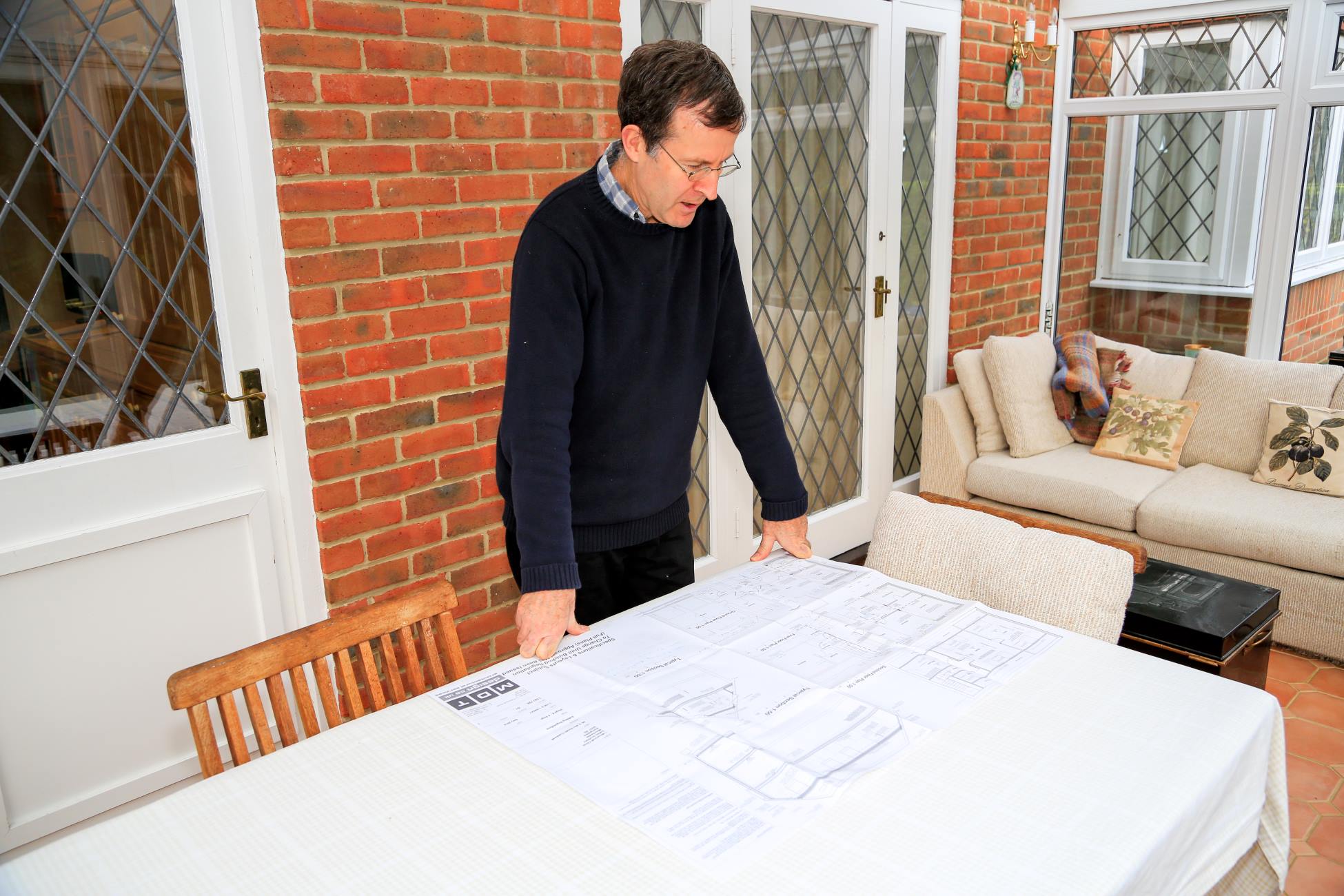
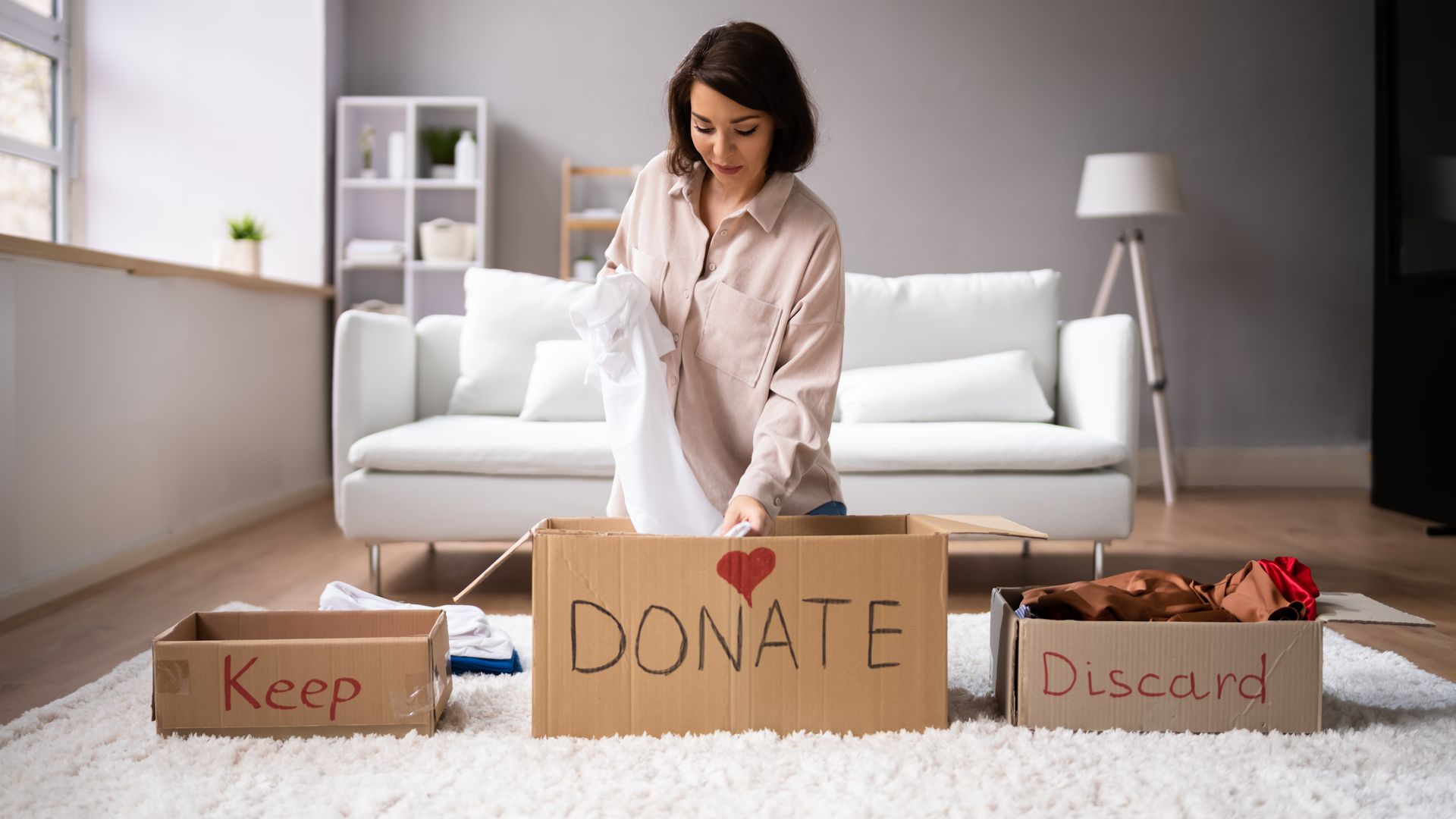
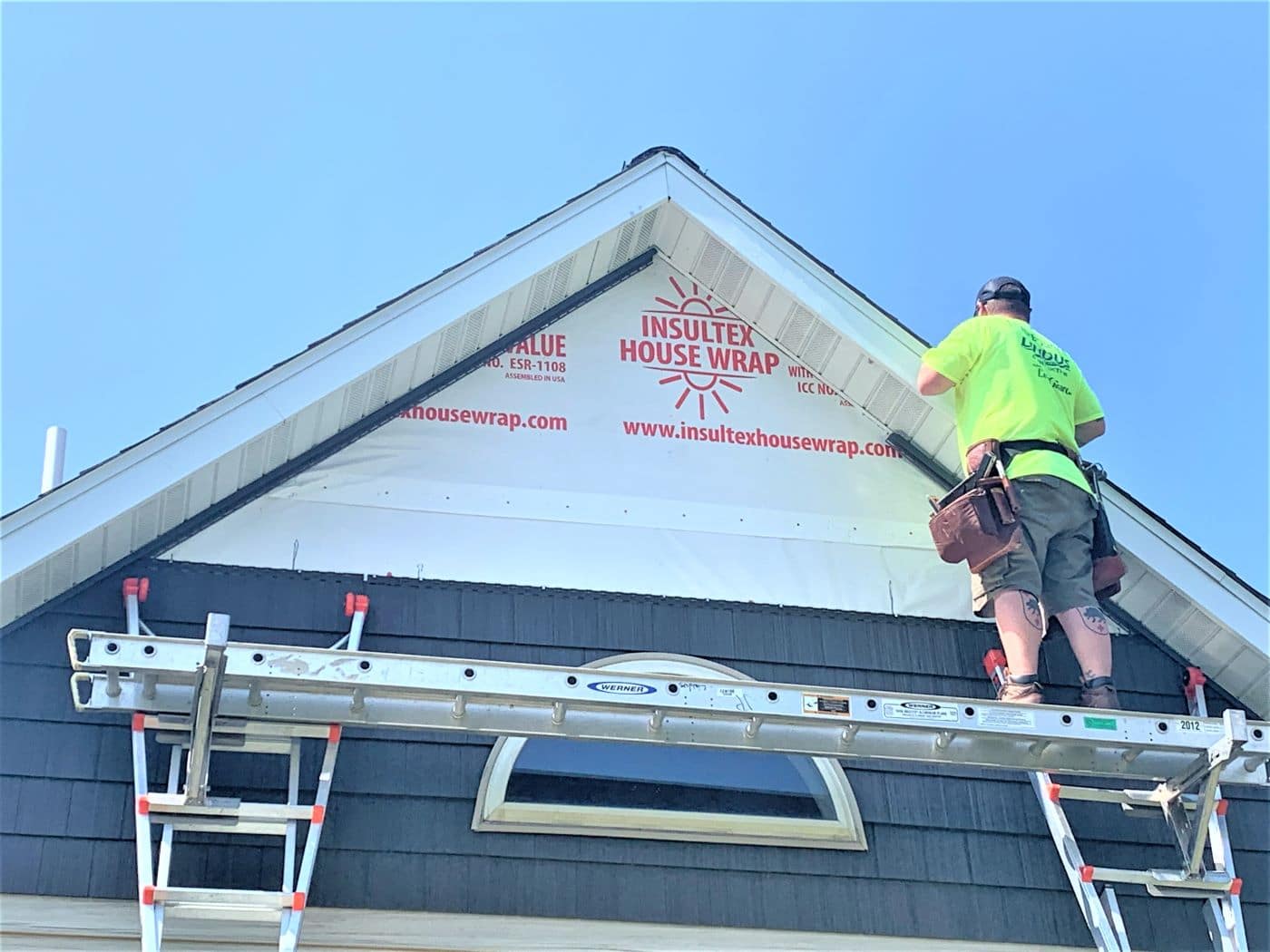
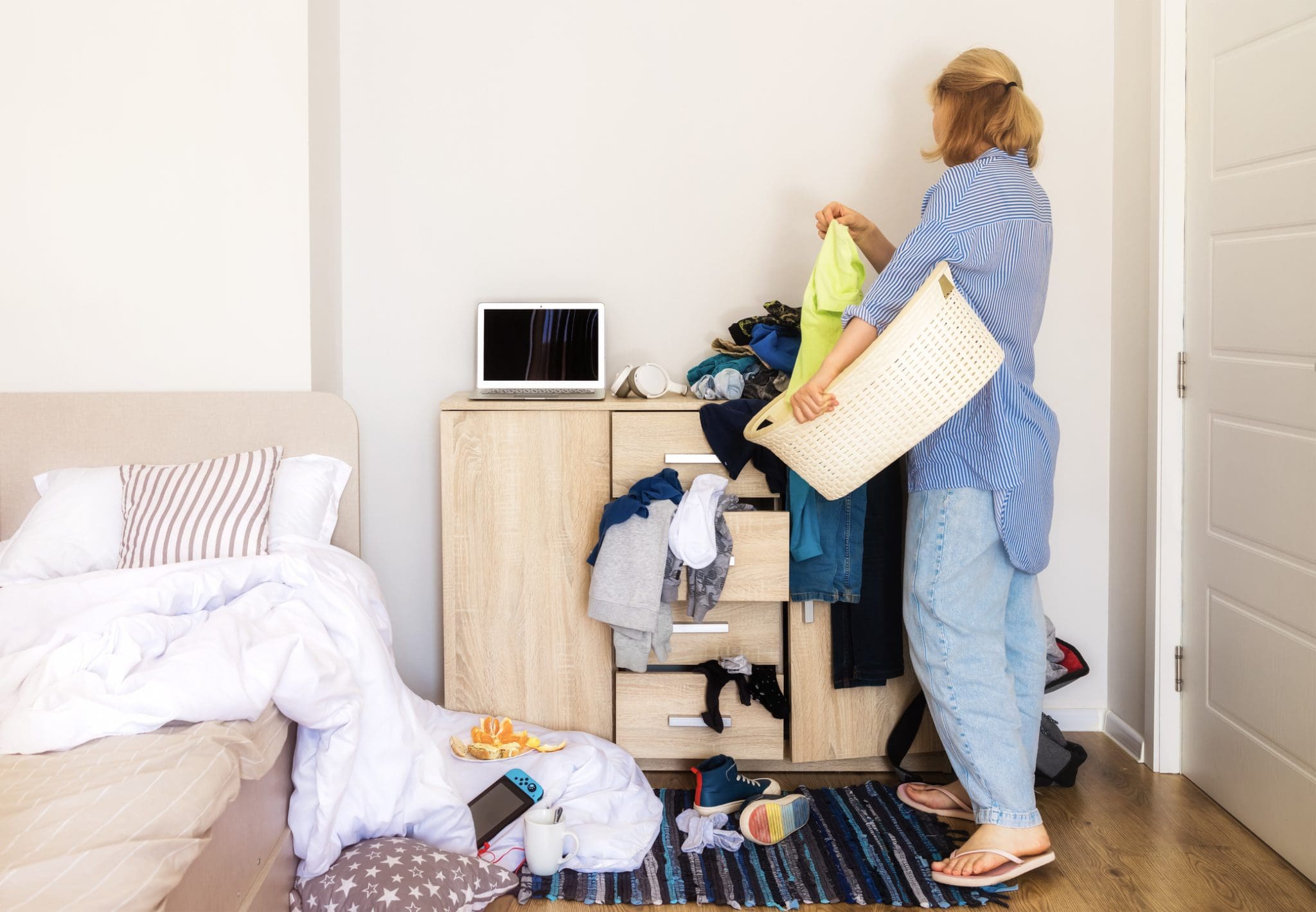

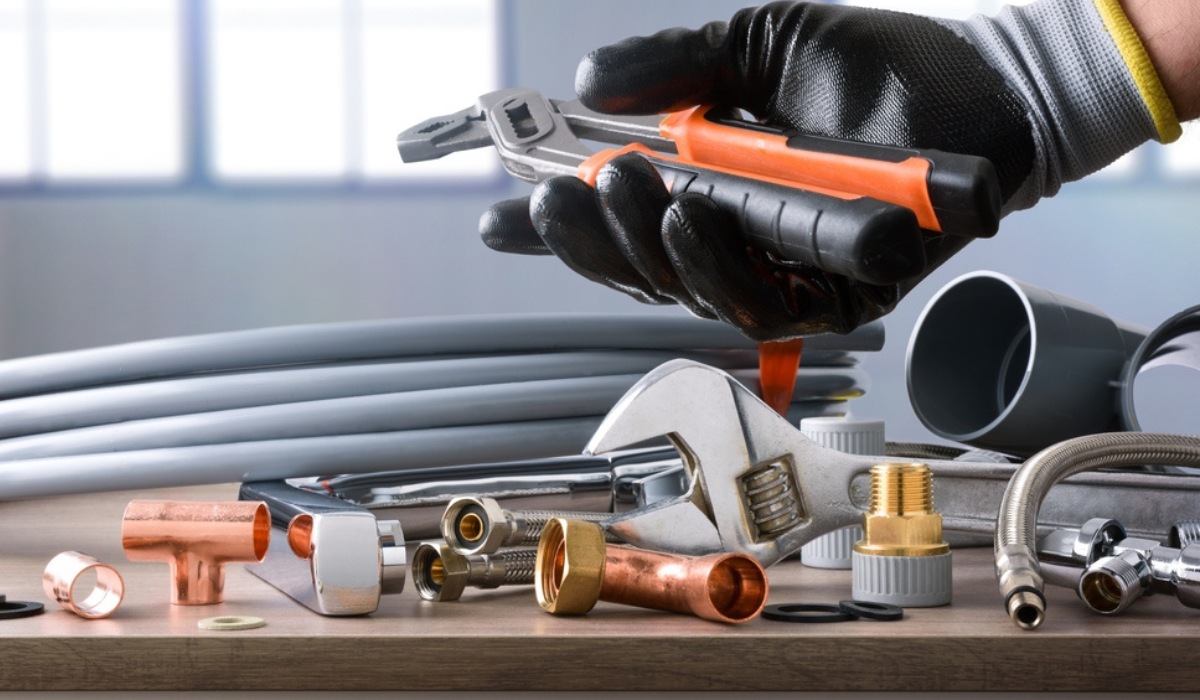

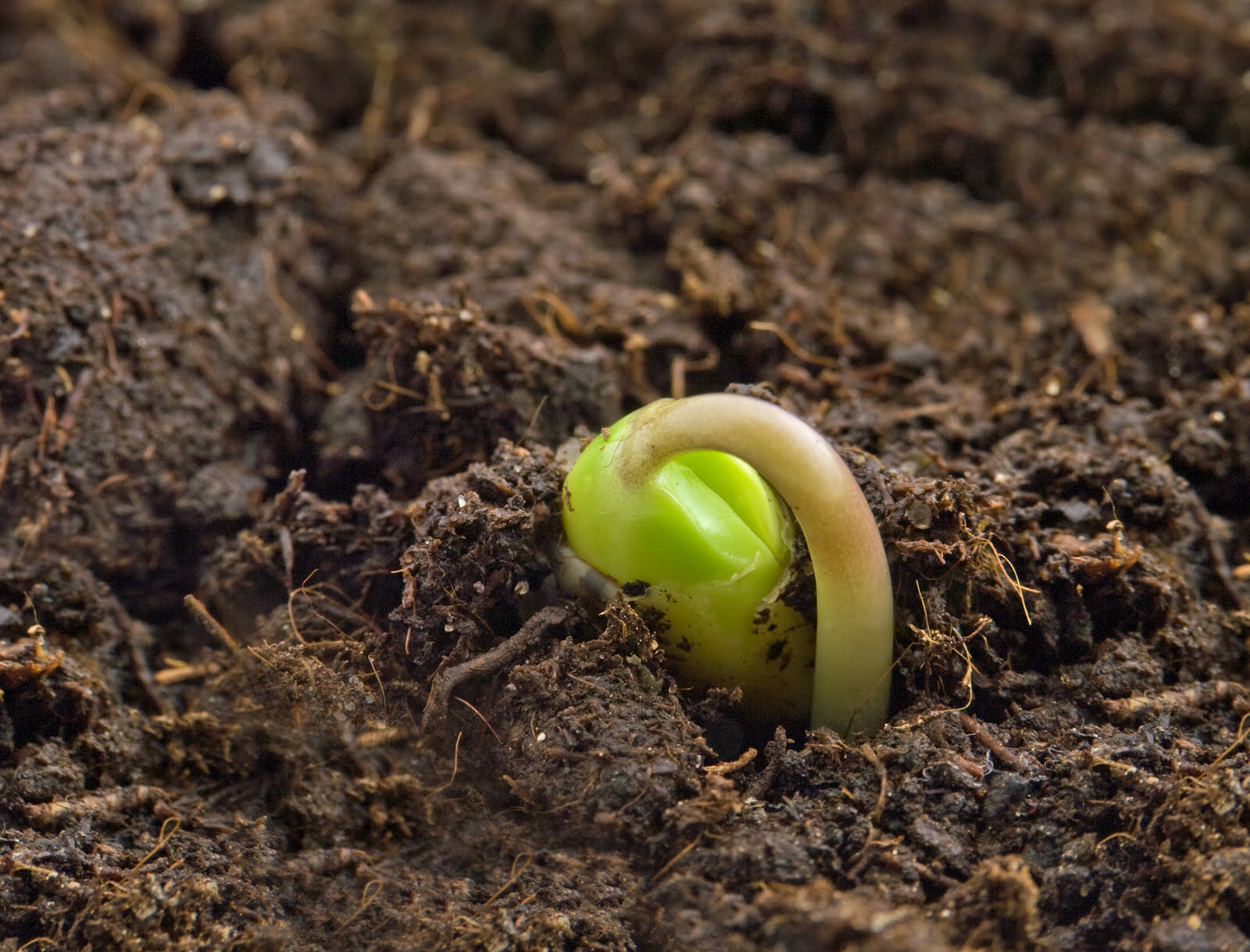



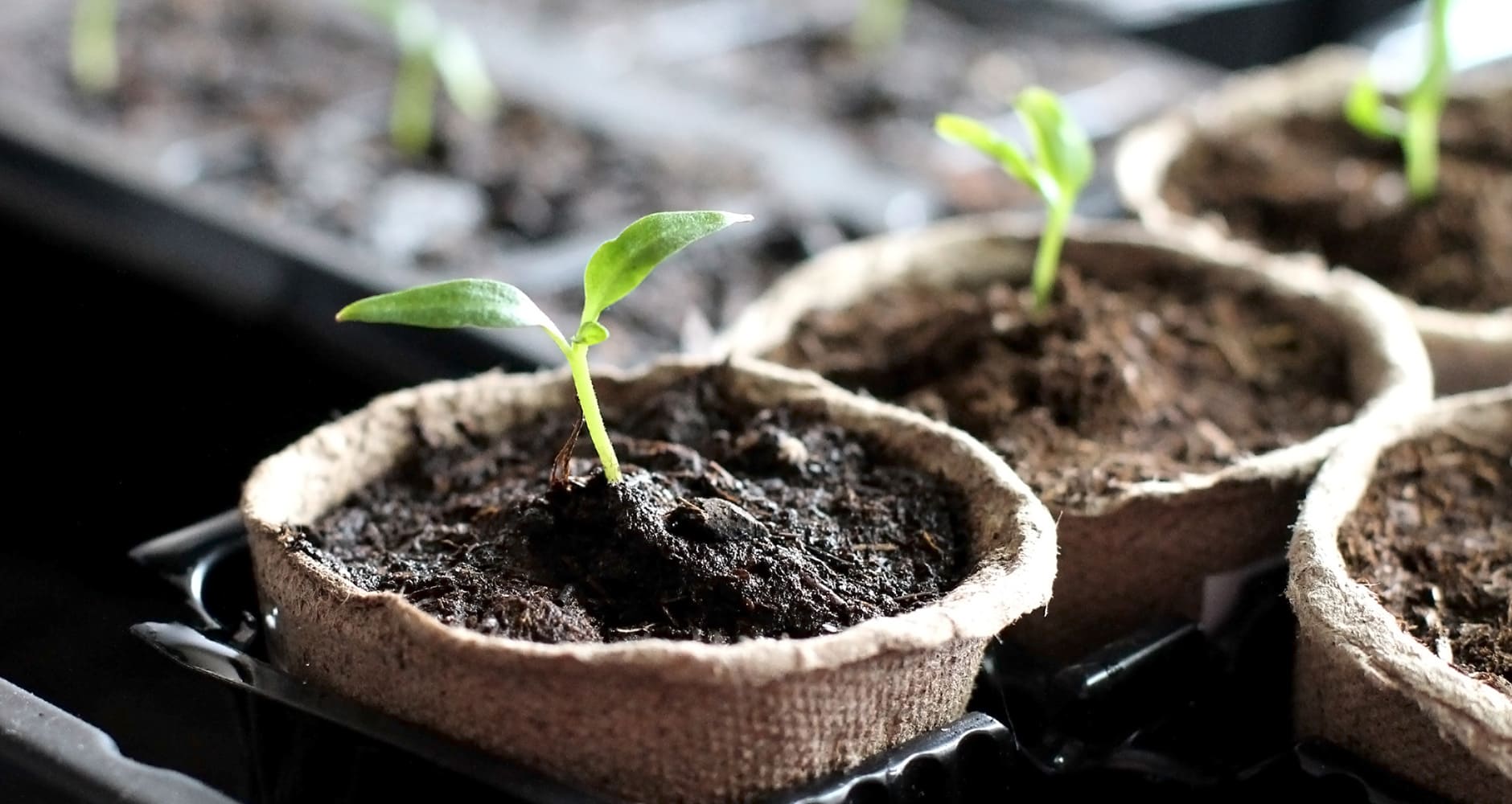
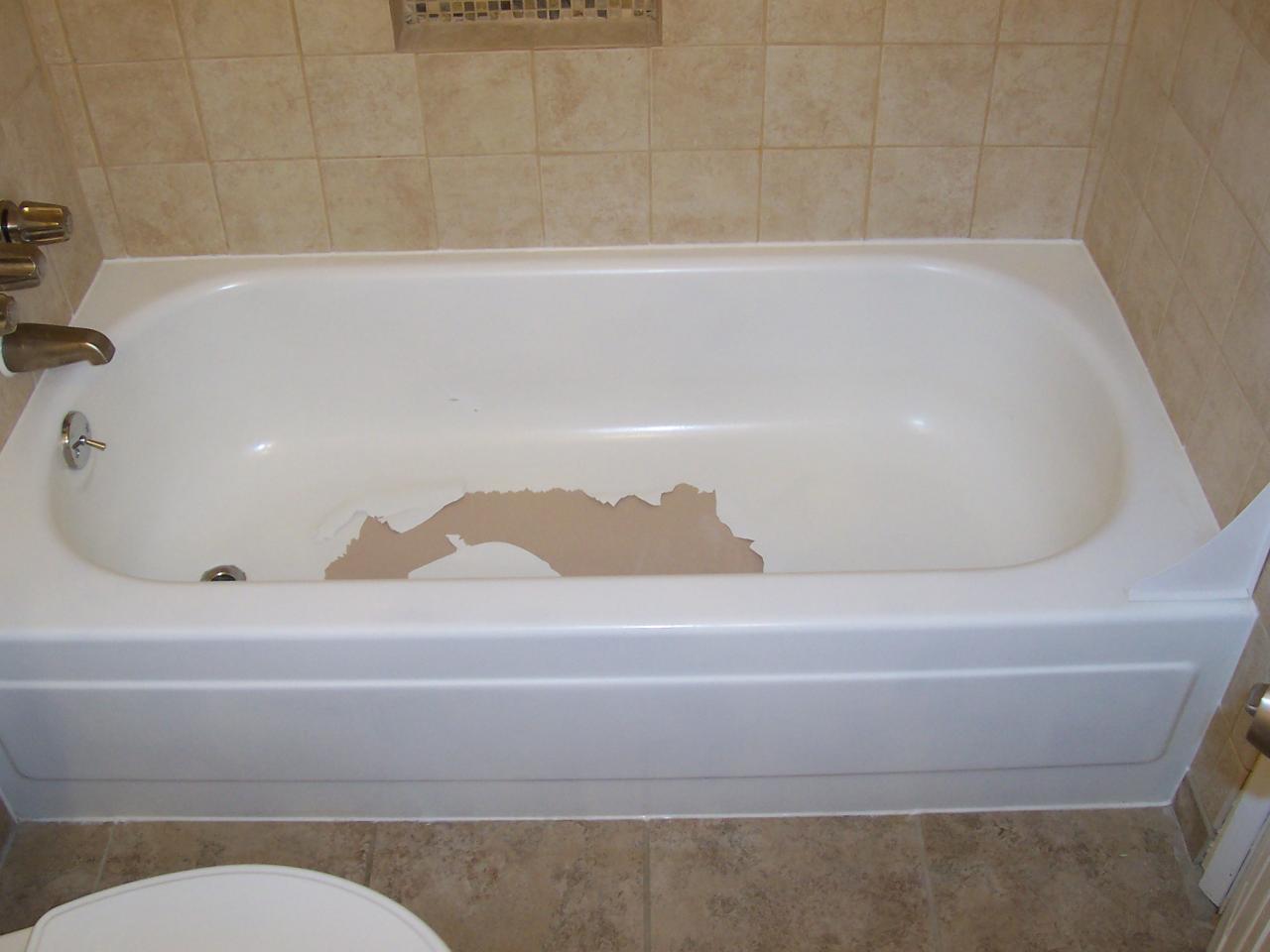
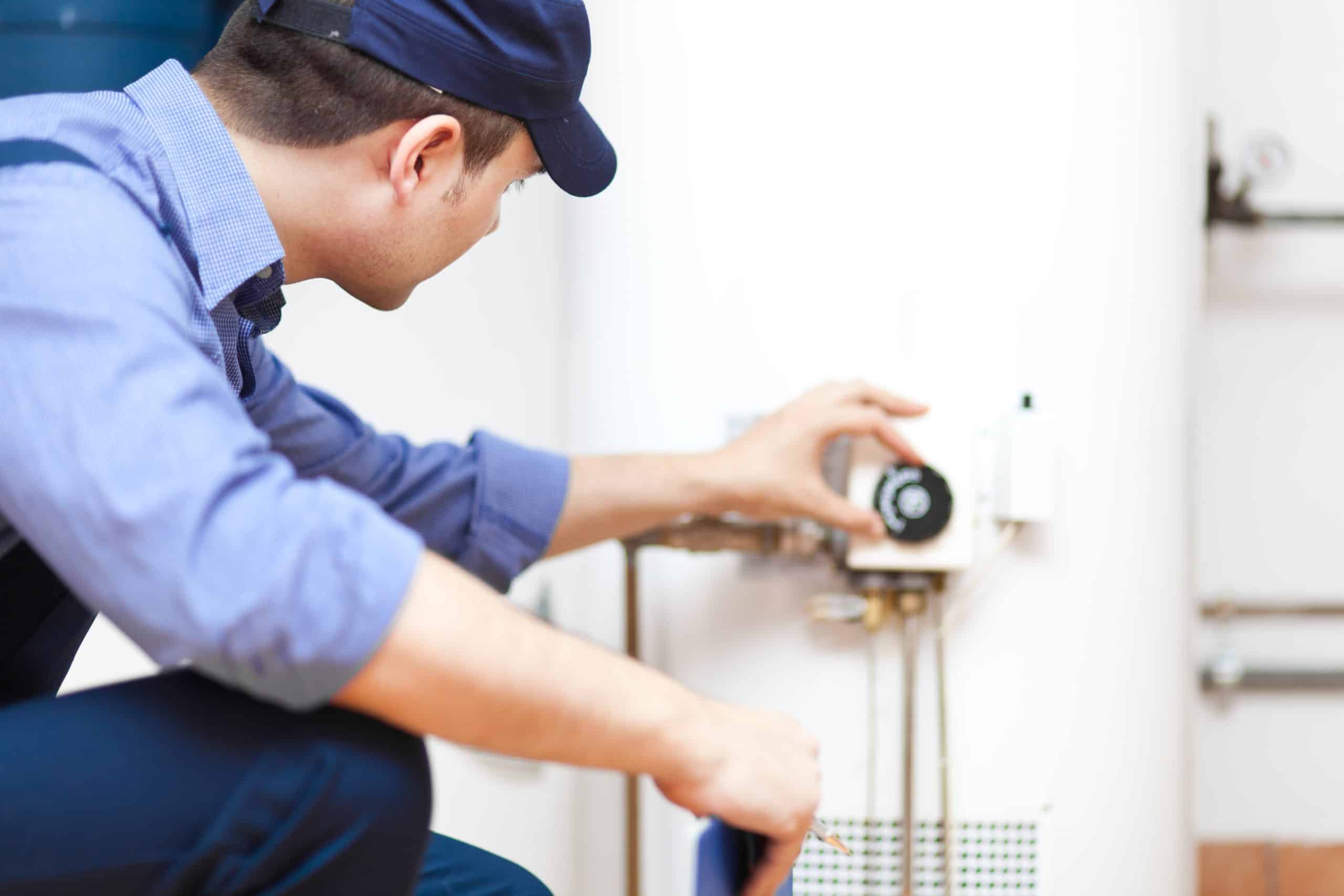

0 thoughts on “How Long Does It Take To Declutter A House”